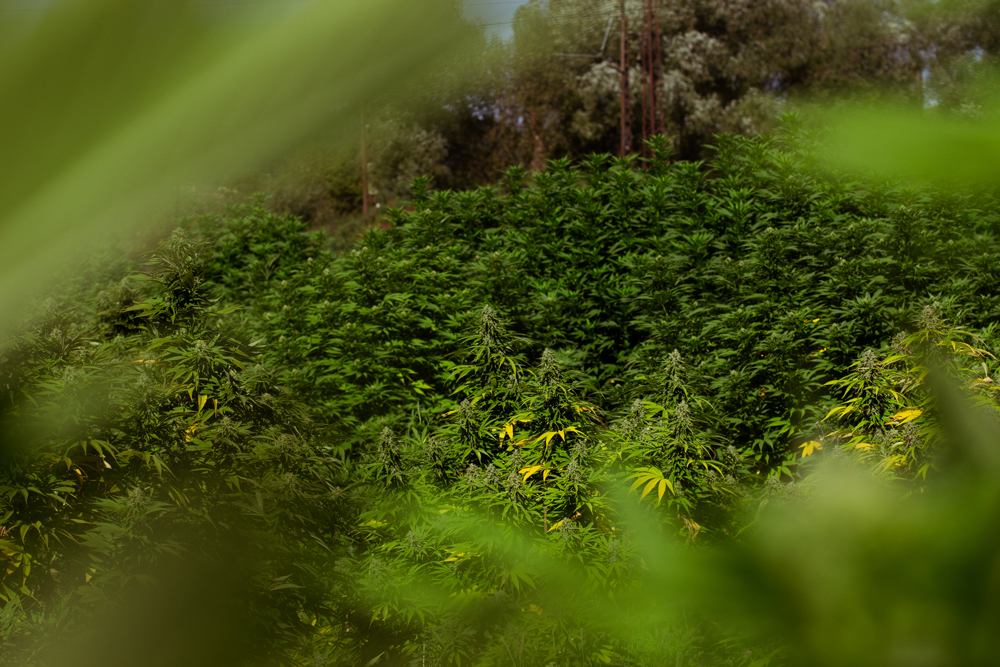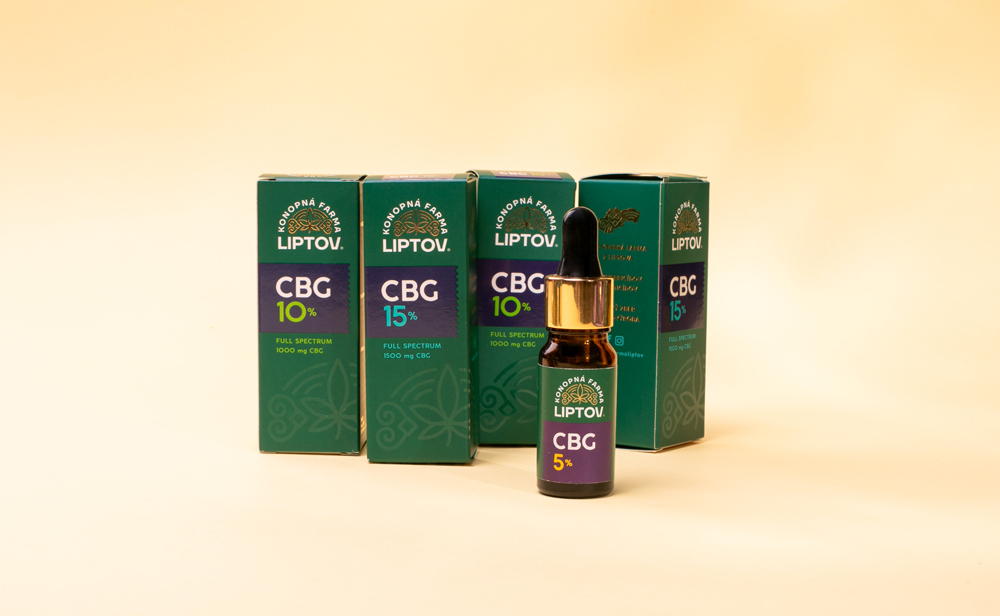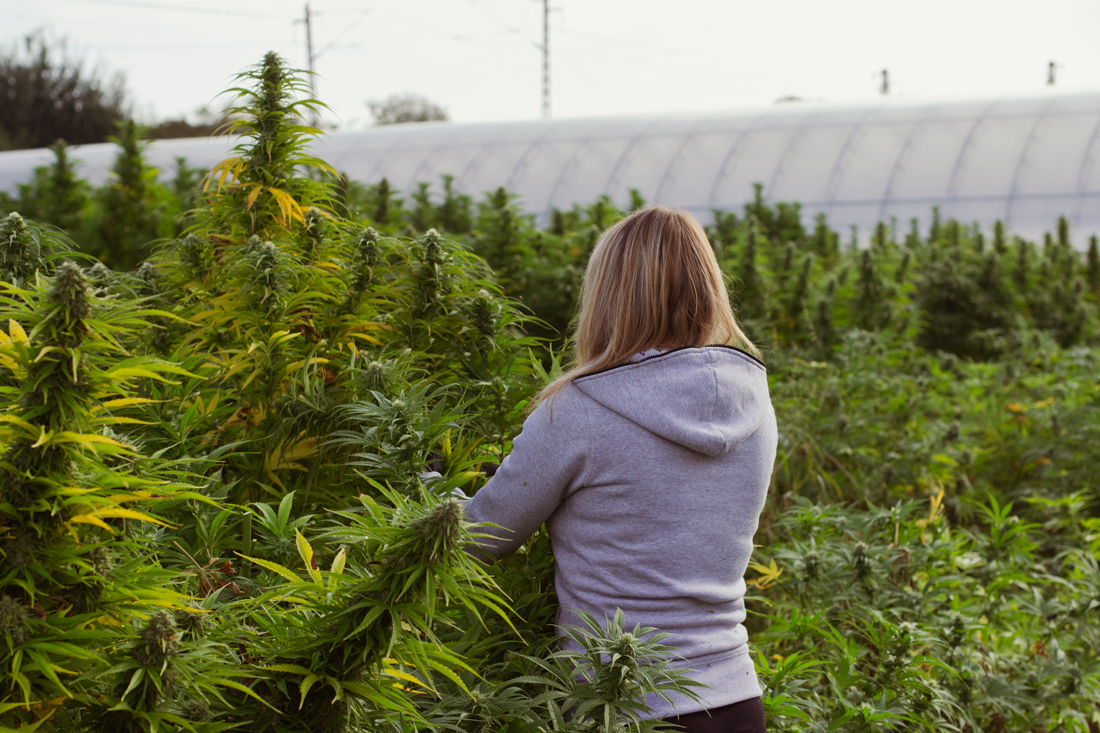
Cannabis and health
We go through the history, uses and fundamental differences between cannabis and marijuana. Expand your horizons and knowledge with us.
History of cannabis
The earliest records of cannabis use date back to 7000 BC, in the Early Stone Age, which is usually defined as the beginning of the ”Neolithic” – the first farmers, and comes from the area of ancient Babylon.
However, the credit for the greatest expansion in the cultivation and versatile use of hemp in history goes to China, where one of the earliest records of the cultural use of the plant comes from the Yellow River Valley.
It is believed that people have known about cannabis and the power of its use long before that. The clothes people wore, the nets they used to catch fish and game, the ropes they used, were all made from the long, strong and durable fibres of hemp. The ancient Chinese, however, relied on the power of this plant far more often than just in cases involving the use of fibre. They consumed every part of it: roots and leaves in medicine, stem for textiles, rope and paper, seeds for food and oil. The Chinese learned to press the seeds into valuable oil using a technique still in use in the 20th century.
Pressed seeds produce 20 to 30% oil. It was used for cooking, in lamps for lighting, in paints, for soap making. The waste after pressing has enough nutrients to be nutritious pet food. Hemp fibres from old clothes and nets were used in the production of paper, which thus gained increased durability and is still preserved in graves dating back to 100 BC (similar paper is currently used to make banknotes in Canada, or for better editions of the Bible). The roots were applied in the form of a dough to wounds to relieve the pain of fractures and during operations. Even the effects of the leaves and flowers did not go unnoticed for long. In China, as in other areas, cannabis, along with other hallucinogenic plants, played a very important role in the establishment of religions and in the life of communities at that time.
What is technical
hemp and what are its uses?
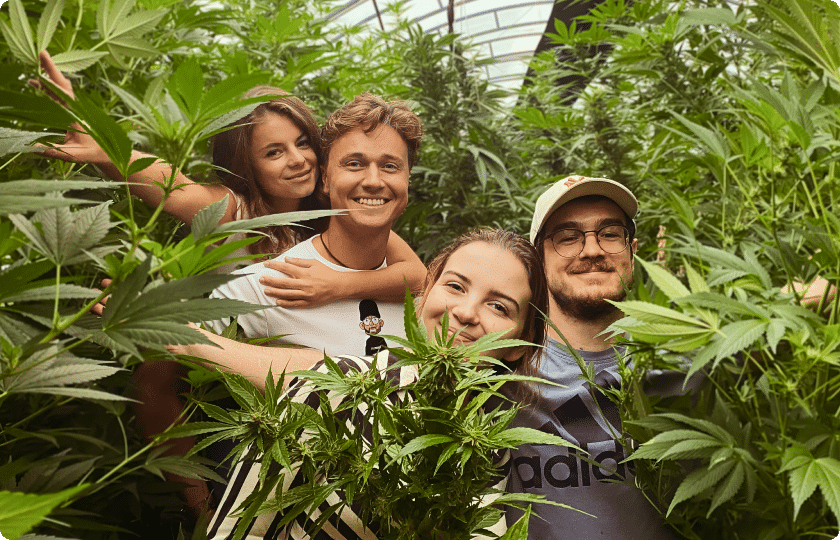
Dioecious plants up to 5 metres tall
Industrial hemp is actually a dioecious plant with erect stems. Cannabis is divided into female plants, which are shorter but denser, and male plants, which are tall and slender. The stems tend to be about 2,5 to 3 metres high. Sometimes their height can reach up to 5 metres.
Whole plant to benefit
Almost everything can be made from industrial hemp (cannabis sativa)! From this plant we can therefore draw hemp fiber, oil and nutritious seeds. No poisons (pesticides and herbicides) are needed for cultivation. Cannabis is a tall flower and quickly outgrows all plants and weeds. It is itself a very resistant weed. This does not detract from the benefits of sown hemp.

Industrial hemp vs. Indian hemp
Industrial hemp is characterised as an excellent plant for the industry due to its favourable growth characteristics (thin, non-branched stalk) and almost zero THC content (max 0.2% according to EU standards).
Indian hemp is cultivated mainly for its resinous secretion. This type of cannabis is mainly used for smoking marijuana. It is mostly used for the production of soft drugs and hashish. Cannabis is a weedy plant that came to us from southern Ukraine.
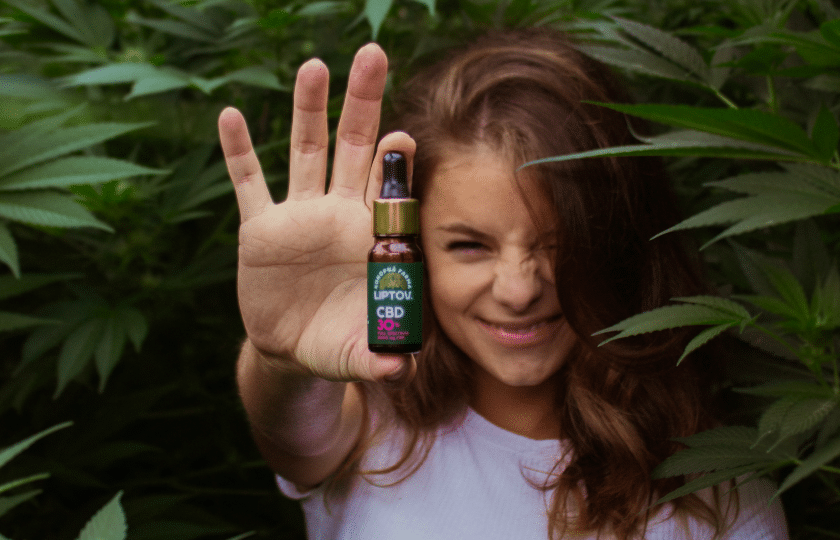
Products and Products
technical hemp
The spectrum of products made from hemp is very wide, up to 25,000 100% recyclable products can be made from it.
In Western countries, industrial hemp is commonly grown and processed. Here, everything is in the research, trial production and trial cultivation phase. Although we have a very benevolent attitude towards cannabis, non-technical cannabis products are still rather unconventional in this country, even though they are quite common. The basic raw material to be used is biomass and seed.
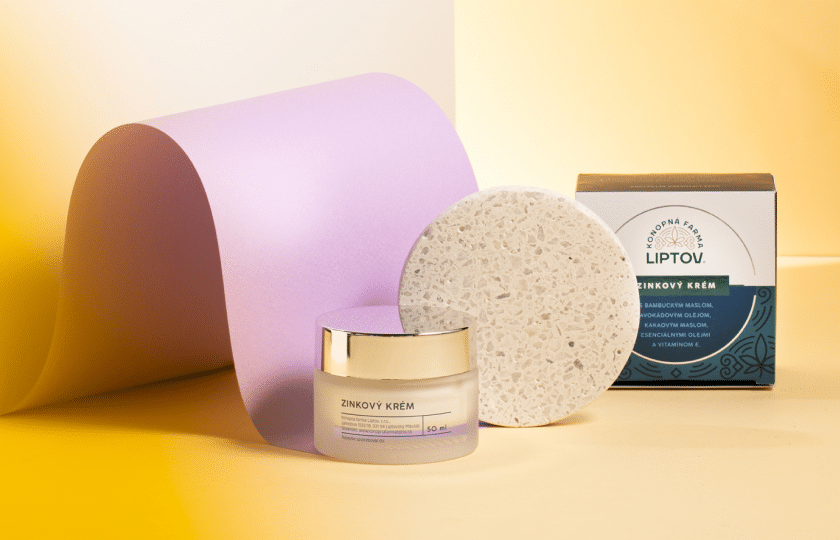
Cannabis sativa
Here in the Slovak Republic, the following types of hemp are most common: Sown hemp (industrial hemp) is grown for its long and strong stems, which are used in the textile industry (hemp fabric). It is also widely used for its oily seeds. The oil extracted from the seeds is used in cosmetics, food, lubricants, soaps and paints.
The most common use of hemp:
- paper
- clothes and ropes
- Fuel
- Cosmetics
- biomass
- medical purposes (more commonly Indian hemp, due to its abundance of cannabinoids)
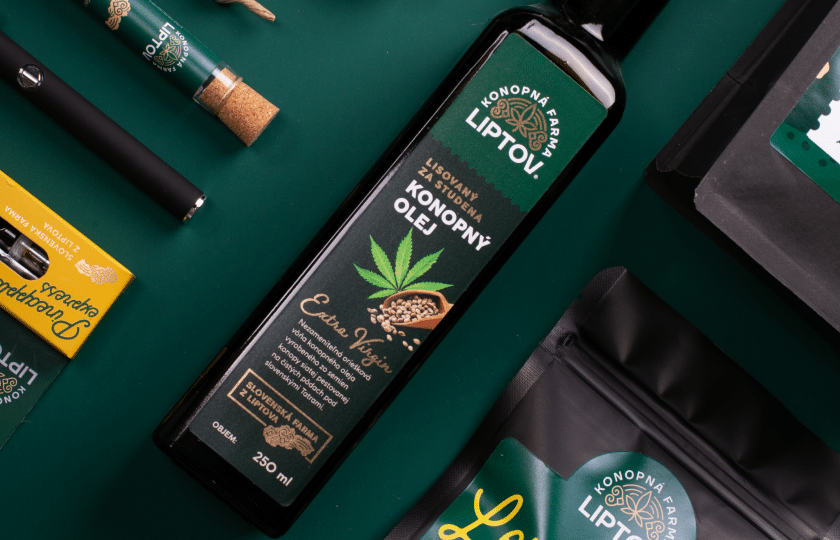
CANNABIS AND ITS MEDICINAL EFFECTS
Despite the presence of several medicinal components in cannabis, we consider the presence of essential fatty acids to be the most important .
Hemp oil contains more than 80% polyunsaturated fatty acids (PUFAs) and is a rich source of alpha-linolenic acid (ALA, omega-3), of which it contains about 15-30%, and linoleic acid (LA, omega-6), of which it contains about 45-60%. The ratio of omega-6/omega-3 fatty acids in hemp oil (2:1 to 3:1) is optimal for human health.
If this ratio shifts significantly in favour of omega-6 fatty acids (as many
other commonly used vegetable oils have), inflammatory processes in the body can take over, which can exacerbate any inflammatory disease from arthritis to atherosclerosis.
